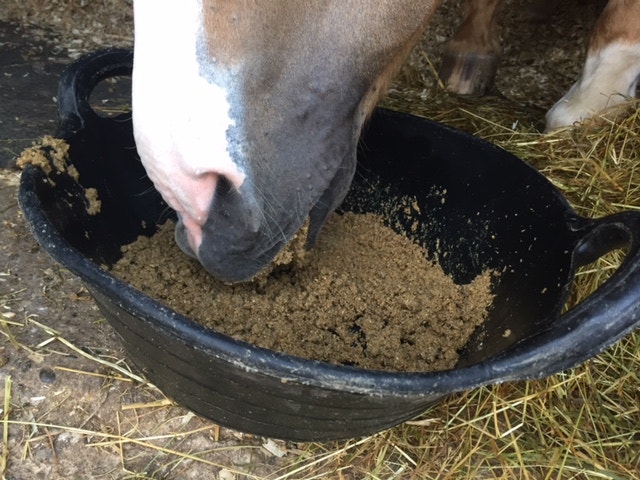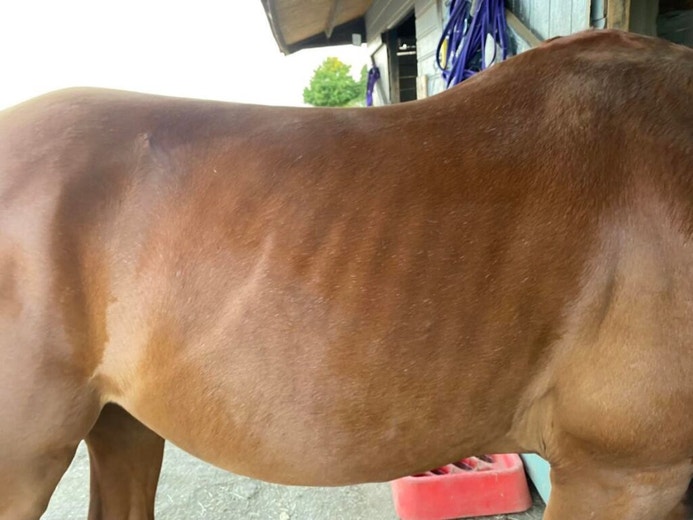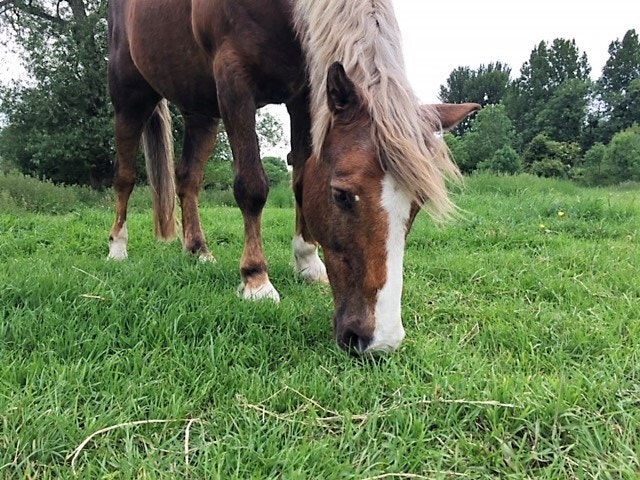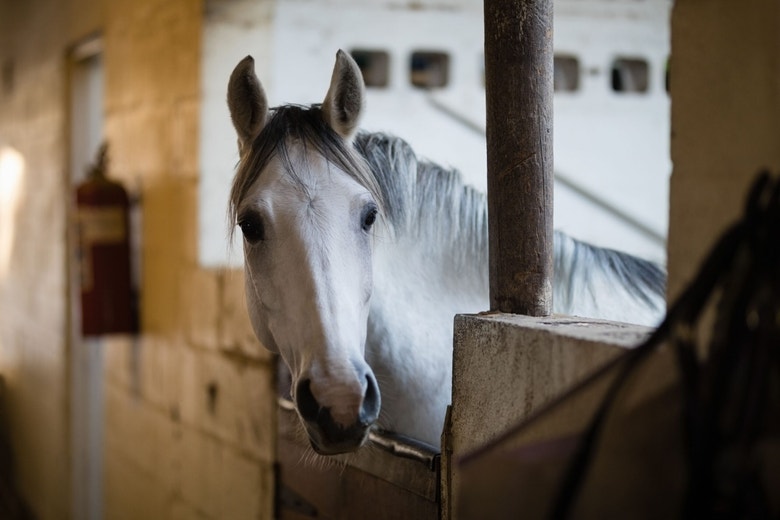#SPILLERSScience: lean ponies are also at risk of laminitis
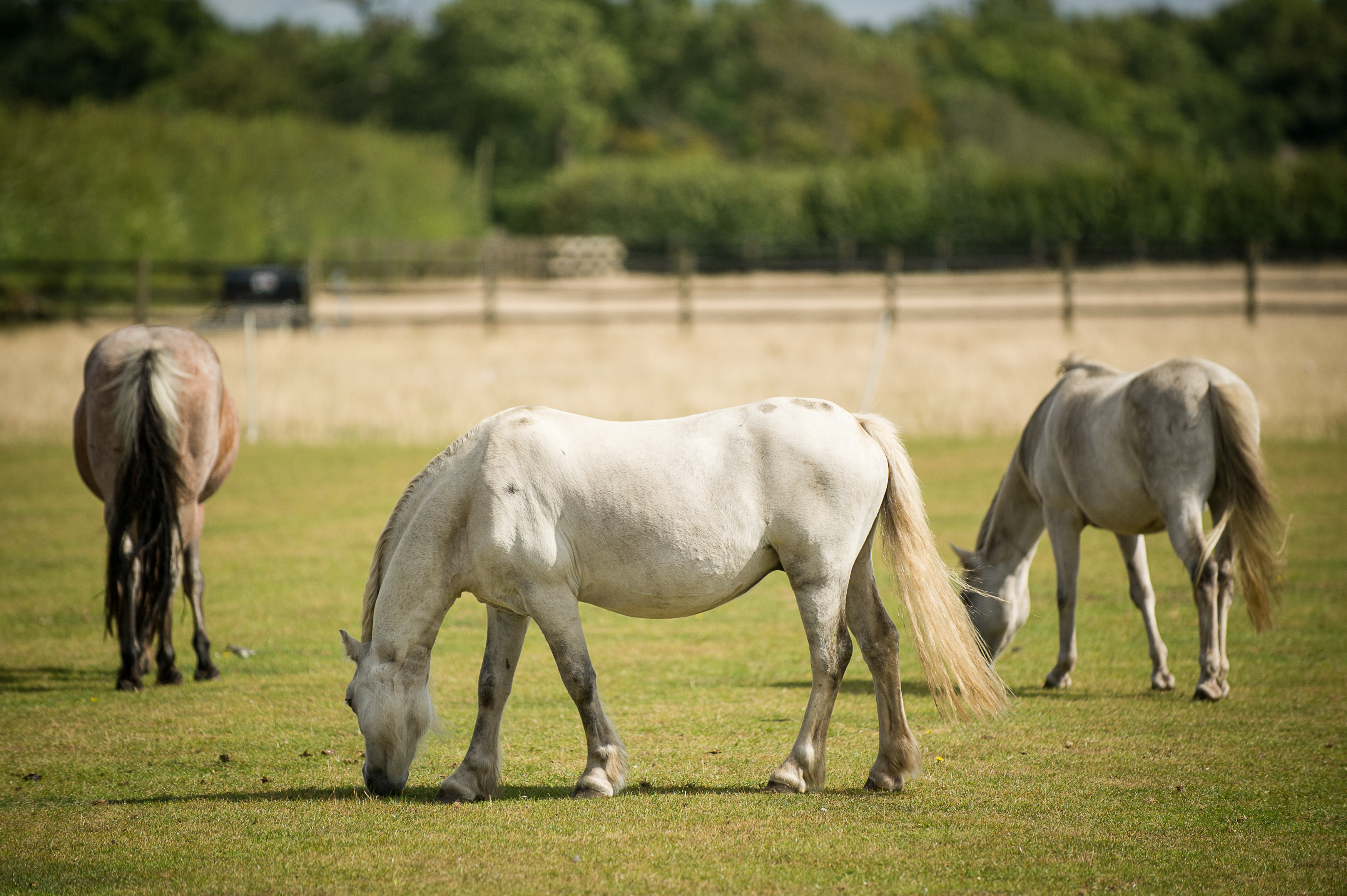
In our continuing quest to help prevent laminitis, we have recently been involved, via the WALTHAM™ Equine Studies Group, with the publication of two important new pieces of research. Collectively, this work confirms that lean ponies can also be at higher risk of metabolic disease and associated laminitis.
The relationship between adiponectin and obesity
One study explored the relationship between the hormone adiponectin and obesity in native ponies in the UK. In short it showed that obesity, despite its significant health hazards, may not be a reliable indicator of poor metabolic health and associated laminitis risk, because lean animals can be at high risk too.1
What is adiponectin?
Adiponectin, a hormone coming from fat deposits, which can be measured in the blood, is thought to improve sensitivity to insulin. Previous work has shown that low blood concentrations of adiponectin reflect an increased risk of laminitis.2 Decreased concentrations of the hormone have been found in association with obesity under certain conditions, but this new work has shown that decreased levels of adiponectin can also be found quite commonly in lean, native-breed ponies. In fact, in this study, a greater proportion of ponies in ideal body condition were found to have a low concentration of adiponectin in their blood vs those that were overweight or obese.
Does body shape matter?
Another valuable initial observation from the study was the significant difference in total adiponectin concentrations between ponies of different body shapes. The middle-heavy body shape was associated with higher total adiponectin concentrations than both other shapes, suggesting this fat accumulation pattern may be less detrimental in ponies. This is similar to research in humans that has shown increased thigh fat or a ‘pear’ shape may be protective against insulin resistance compared to increased visceral fat or ‘apple’ shape. However, more work is needed to investigate these initial findings.
The relationship between insulin dysregulation and body condition
Another of our more recent studies has shown that Insulin dysregulation (ID) status in ponies cannot be determined solely by observation of body condition3. ID, and the associated increased risk of laminitis, may occur in ponies across a wide range of body conditions, ages and levels of exercise, not just in those that are overweight. This new important research showed severe insulin dysregulation can be found in lean ponies and won the prestigious Peter Rossdale Equine Veterinary Journal (EVJ) Open Award at the British Equine Veterinary Association (BEVA) Congress this year3. This work supports some of our earlier research that found testing for ID can predict laminitis risk in previously non-laminitic ponies.2,4
The recent study also showed that ID was less common in ponies that undertook more exercise including low-intensity exercise.3 This finding supports our earlier research on the benefits of low intensity exercise.5
What is the role of insulin?
Insulin is a hormone produced by the pancreas and critical for regulating blood sugar. Insulin acts as a signal for cells, largely in muscle and liver tissue to take up glucose (sugar) from the blood. Insulin dysregulation (ID) is a term that covers a high basal or ‘resting’ insulin (in the blood), and/or an exaggerated insulin response to consuming starch and/ or sugar and/or tissue insulin resistance (a failure of cells to respond to insulin).
What does this research mean for equine carers?
These studies, together with our previous work, show that we cannot presume that just because a horse or pony is lean or of ideal bodyweight it is automatically at reduced risk. They may still have insulin dysregulation and/or low adiponectin concentrations and so be at an increased risk of laminitis.
We must consider multiple variables when targeting individuals for ID screening, in order not to miss those potentially at increased risk of laminitis, who may have a ‘healthy’ body condition score. The association with even low-level exercise is also an important practical management message for horse owners.
The findings support previous work that suggested body condition scoring alone was not sufficient to determine insulin dysregulation (ID) status and emphasises the value of using an oral sugar test to screen for ID status.6 An association between ID and laminitis is well-established and early detection of ID is likely to be useful in helping to prevent the disease.
Take home message.
If you are concerned it is important to speak to your vet and have your horse or pony tested. It’s also advisable to contact your nutrition advisor to ensure you provide the best diet to manage your individual.
1 - Barnabé, M.A., Elliott, J., Harris, P.A. and Menzies‐Gow, N.J., (2023). Relationships between total adiponectin concentrations and obesity in native‐breed ponies in England. Equine Veterinary Journal online.
2 - Menzies-Gow N.J, Harris P.A. , Potter K. and Elliott J. (2017) Prospective cohort study evaluating risk factors for the development of pasture-associated laminitis in the UK Equine Veterinary Journal ( 49). 300 – 306
3 - Knowles EJ, Harris PA, Elliott J, Chang Y-M, Menzies-Gow NJ. (2023). Factors associated with insulin responses to oral sugars in a mixed-breed cohort of ponies. Equine Veterinary Journal . . https://doi.org/10.1111/evj.13983
4 - Knowles, E.J., Elliott, J., Harris, P.A. Chang, Y.M. and Menzies-Gow, N.J. (2023) Predictors of laminitis development in a cohort of non-laminitic ponies. Equine Veterinary Journal 55 (1) 12-23
5 - Bamford, N ; Potter, S ; Baskerville, C ; Harris, P ; Bailey, S (2019) Influence of dietary restriction and low-intensity exercise on weight loss and insulin sensitivity in obese equids J Vet Intern Med. . 33:280- 286
6 - N.R. Liburt, S.L. Mastellar, E.R. Share, P.A. Harris (2023). How challenging is it to find non-insulin dysregulated horses in an apparently clinically healthy herd of university horses? Journal of Equine Veterinary Science. ; 124. https://doi.org/10.1016/j.jevs.2023.104389.

